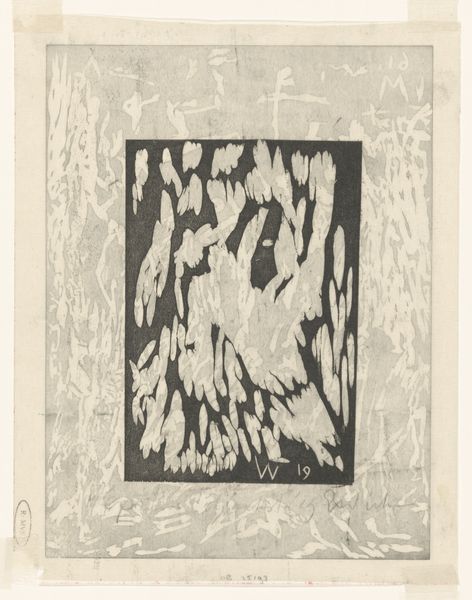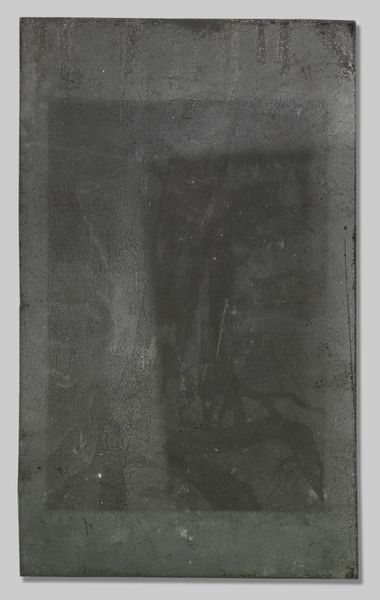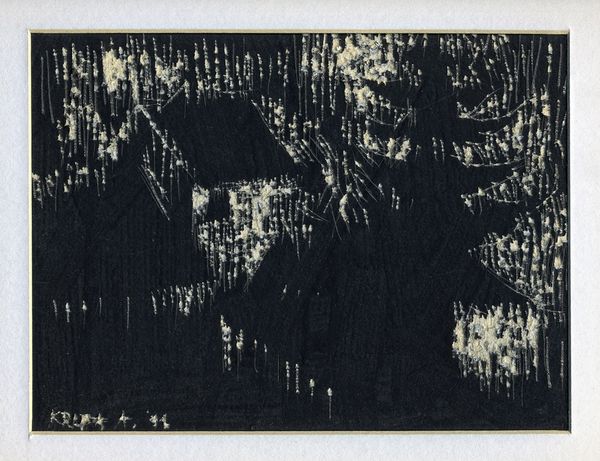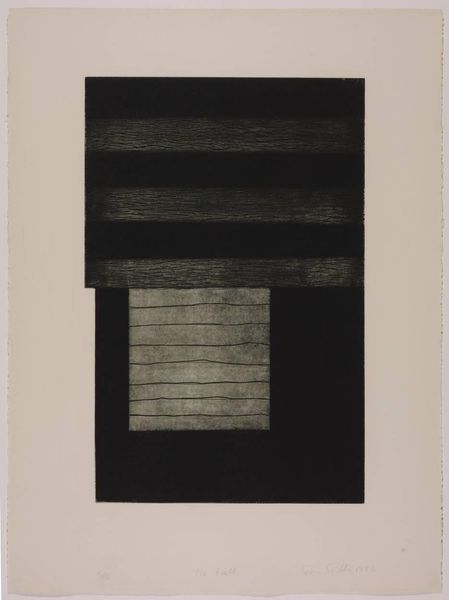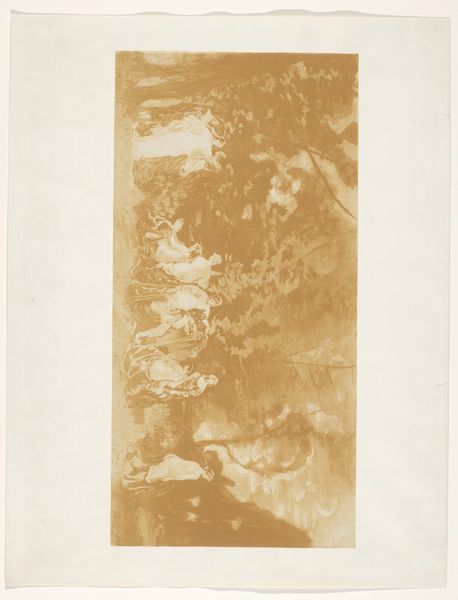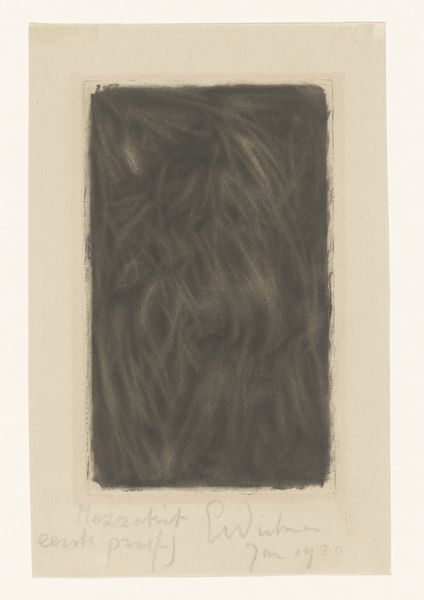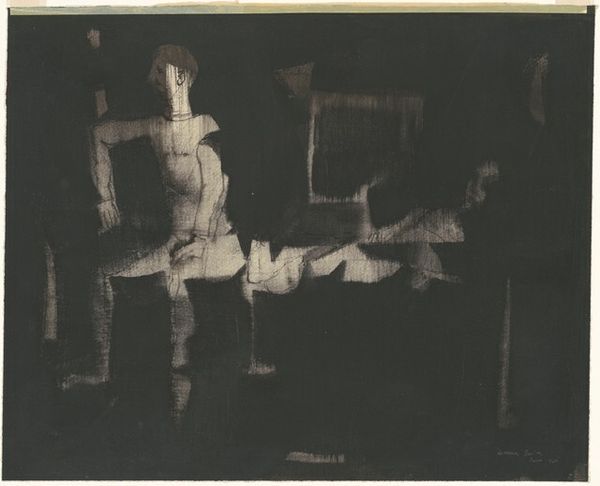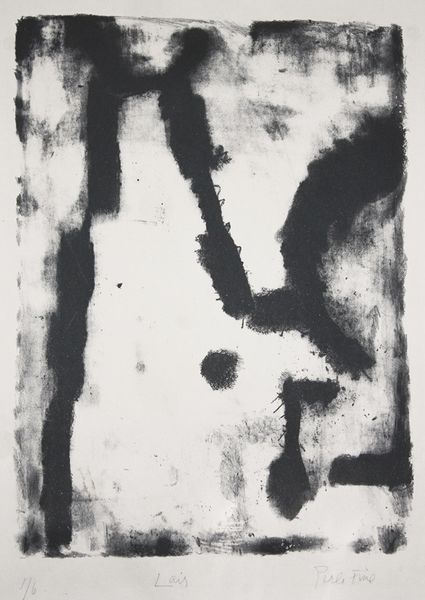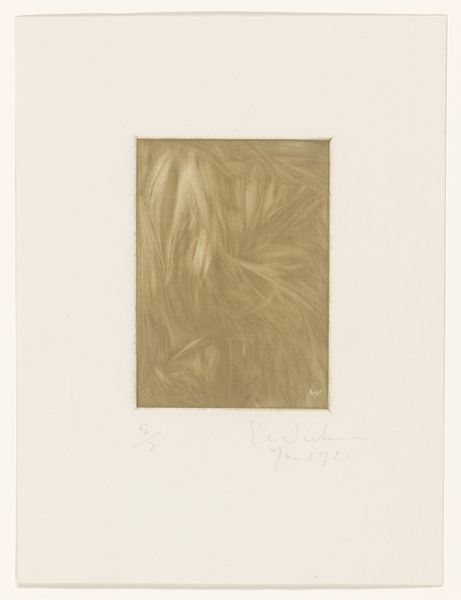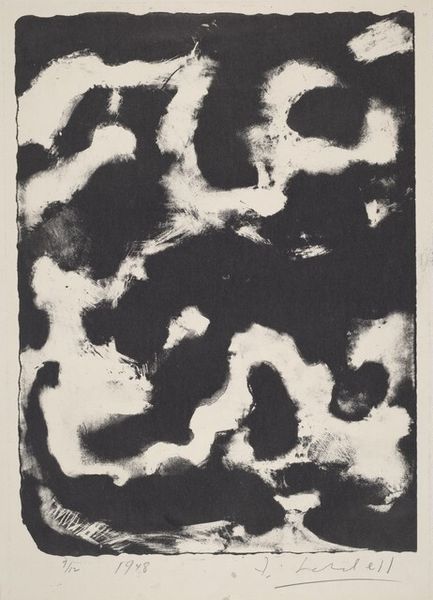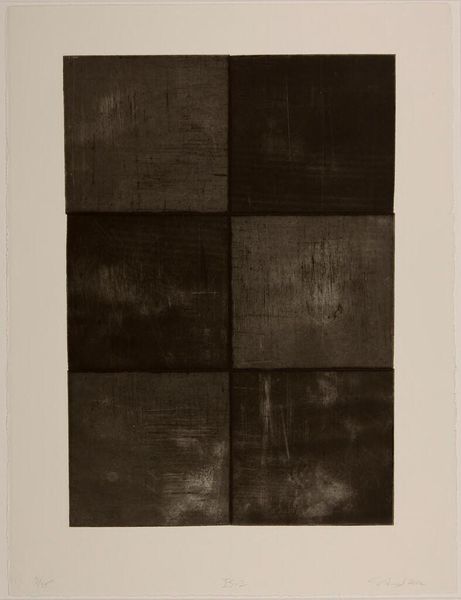![[X-Ray of a Box Compasses and Drawing Tools] by Dr. Henri van Heurck](/_next/image?url=https%3A%2F%2Fd2w8kbdekdi1gv.cloudfront.net%2FeyJidWNrZXQiOiAiYXJ0ZXJhLWltYWdlcy1idWNrZXQiLCAia2V5IjogImFydHdvcmtzL2ViNTU5ZTBiLThiNGQtNDI4Ny04YTQ1LTllMTkzODc3ODJkMC9lYjU1OWUwYi04YjRkLTQyODctOGE0NS05ZTE5Mzg3NzgyZDBfZnVsbC5qcGciLCAiZWRpdHMiOiB7InJlc2l6ZSI6IHsid2lkdGgiOiAxOTIwLCAiaGVpZ2h0IjogMTkyMCwgImZpdCI6ICJpbnNpZGUifX19&w=3840&q=75)
photography, gelatin-silver-print
#
still-life
#
photography
#
geometric
#
gelatin-silver-print
#
line
Dimensions: Image: 17.2 x 11.9 cm (6 3/4 x 4 11/16 in.) Mount: 18 x 13 cm (7 1/16 x 5 1/8 in.)
Copyright: Public Domain
Editor: This is an intriguing gelatin-silver print, "[X-Ray of a Box Compasses and Drawing Tools]" created by Dr. Henri van Heurck in 1896. The objects seem suspended in a ghostly tableau. What social and scientific tensions are at play, and what can you tell us about how the artist is situating the subjects of this x-ray? Curator: That's an astute observation! At its core, this image engages with the intersection of science, art, and societal expectations during a period of rapid technological advancement. The use of x-ray, a fairly new technology, to depict drafting tools – instruments of precision and knowledge – highlights both the era's fascination with scientific progress, but also questions its objectivity. It renders these instruments transparent. Is this image questioning transparency and how it affects our understanding of accuracy and objective data? Editor: That’s interesting. So it’s not just a display of technology but almost a commentary on it? Curator: Precisely. It is vital to ask: Who benefits from scientific advancement and the data collected through images like these? Early photography, and particularly x-ray photography, held strong ties to eugenics and other methods of supposed scientific categorization. Editor: I see. The photograph raises awareness of an established power dynamic where certain bodies and methods are validated by using an analytical framework. What I’m now seeing is that the transparency can simultaneously reveal information but can also cast suspicion about power structures that control it. Curator: Absolutely. Early photographic practices are inherently rooted in identity politics and power. By showing us tools stripped of their material form, van Heurck indirectly asks us to consider what hidden agendas might lie within tools meant for accuracy, whether we're talking about tools for creating architecture or social theory. How can methods be shaped by and possibly reinforce pre-existing social inequalities? Editor: That’s a very important point that this piece raised, and this image is more profound than I initially thought. Curator: I agree; questioning objectivity allows the viewers to think critically about their biases and perspectives and it is key to interpreting the intention and meaning of this still-life piece.
Comments
No comments
Be the first to comment and join the conversation on the ultimate creative platform.
